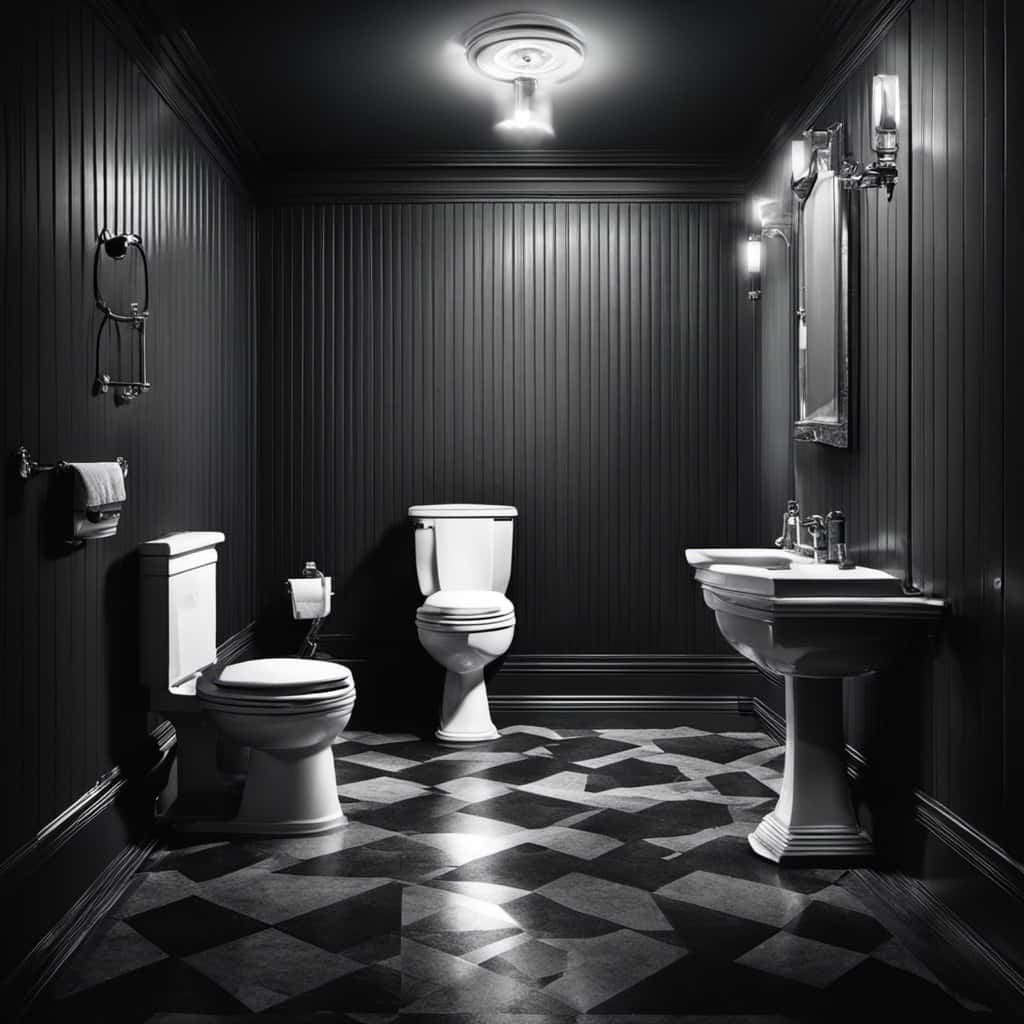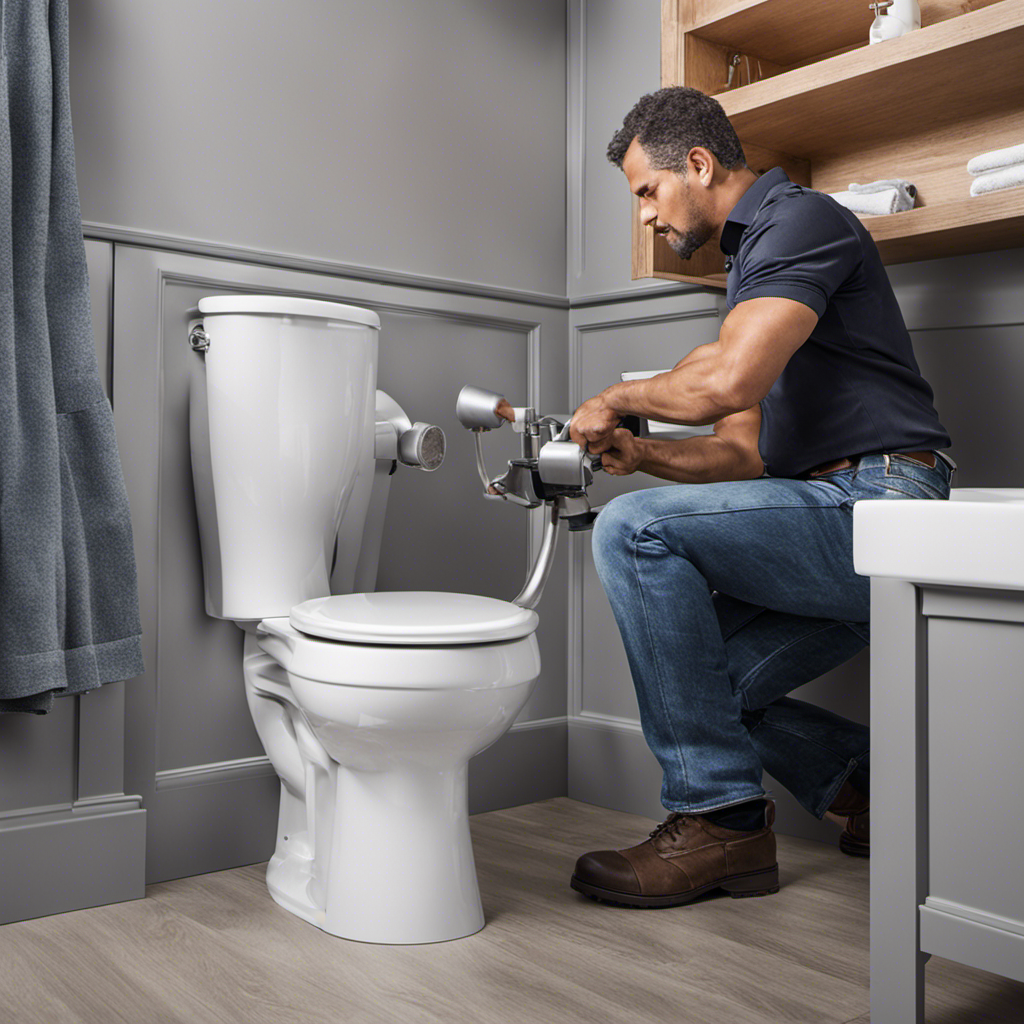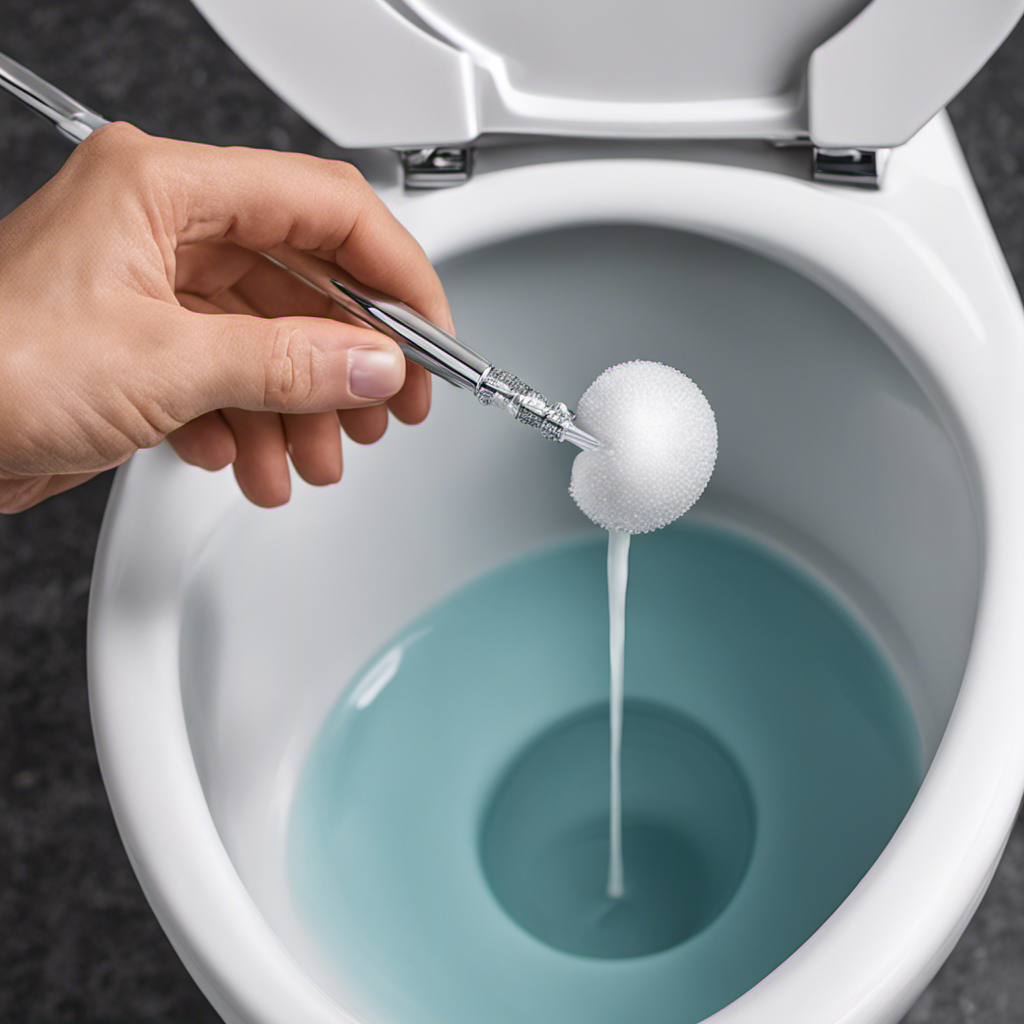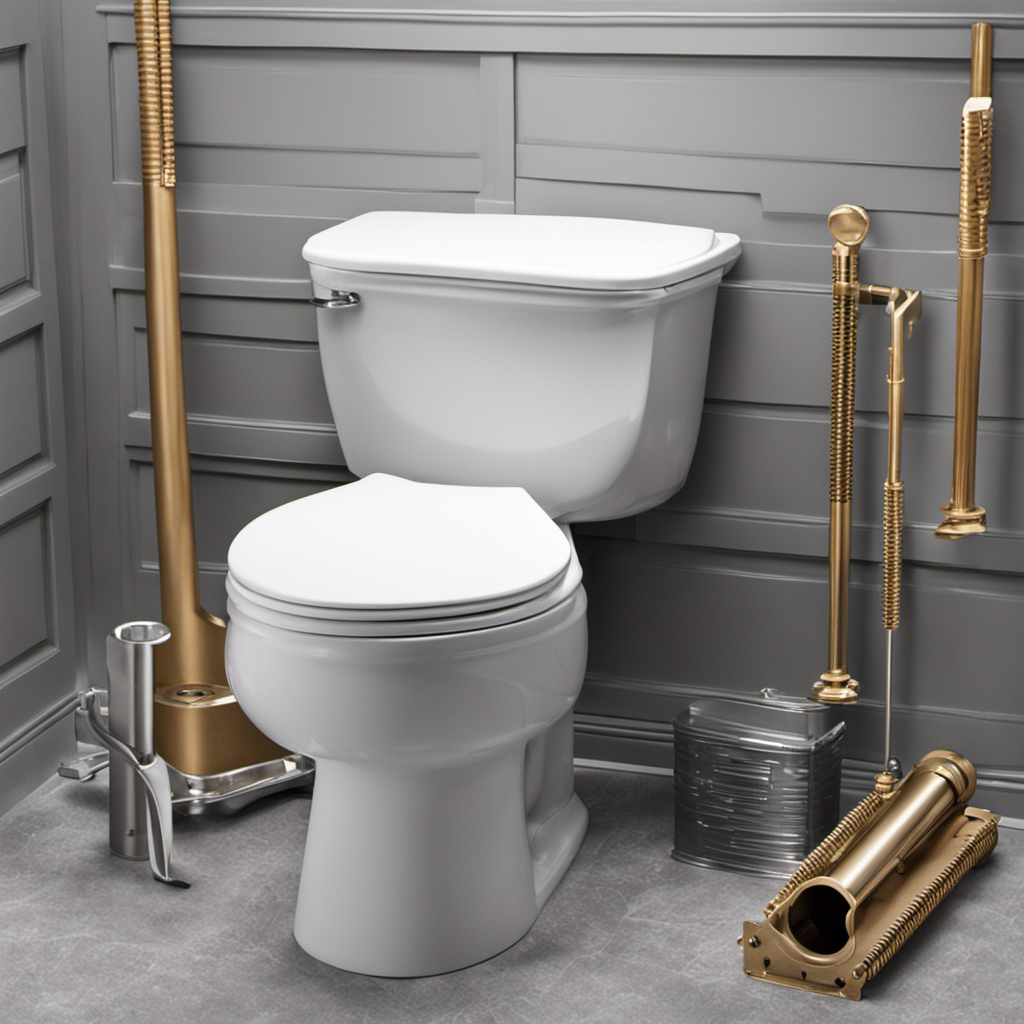As women, we frequently confront the difficult task of discarding used tampons. However, the real question is – can used tampons be flushed? This is an important inquiry that merits our consideration, as the decisions we make can greatly affect both the environment and our plumbing infrastructure.
In this article, we’ll explore the environmental consequences of flushing tampons, the plumbing issues it can cause, and provide you with alternative and proper disposal methods.
Let’s dive in and empower ourselves with knowledge on safe tampon disposal.
Key Takeaways
- Flushing tampons contributes to water pollution.
- Tampons can clog pipes and sewage systems, leading to costly repairs.
- Plastic applicators and synthetic fibers in tampons take hundreds of years to decompose.
- Proper disposal of used tampons in designated sanitary bins or wrapped in toilet paper before placing them in the regular trash helps maintain hygiene and prevents environmental pollution.
Environmental Impact of Flushing Tampons
Flushing tampons has a detrimental environmental impact due to the accumulation of non-biodegradable waste in water systems. Improper disposal of menstrual products, including tampons, contributes to water pollution. When flushed down the toilet, tampons can clog pipes and sewage systems, leading to costly repairs.

Additionally, the plastic applicators and synthetic fibers used in tampons take hundreds of years to decompose, further exacerbating the problem. The accumulation of these non-biodegradable materials in water bodies poses a threat to aquatic life and ecosystems. Furthermore, the chemicals and toxins present in tampons can contaminate water sources, affecting both humans and wildlife.
Proper menstrual product waste management is crucial to mitigate these environmental concerns. Encouraging the use of biodegradable alternatives and promoting responsible disposal practices can help reduce the water pollution caused by flushed tampons.
Plumbing Issues Caused by Flushing Tampons
While it might be tempting to flush used tampons, it’s important to understand the plumbing issues that can arise as a result. Flushing tampons can lead to toilet clogs and sewage backups, which can be both inconvenient and costly to fix.
Here are three reasons why flushing tampons can cause plumbing problems:

- Tampons don’t break down easily: Unlike toilet paper, tampons aren’t designed to dissolve in water. This means that when they’re flushed, they can get stuck in the pipes and create blockages.
- Tampons can snag on rough surfaces: The fibers in tampons can cling to rough surfaces inside the plumbing pipes, causing buildup over time. This buildup can eventually lead to clogs and backups.
- Tampons can create a domino effect: When one tampon causes a clog, it can create a chain reaction. Other debris, such as toilet paper or hair, can get caught on the tampon and worsen the blockage.
Considering the potential plumbing issues, it’s advisable to explore alternatives to flushing tampons that are both safe for your plumbing system and the environment.
Alternatives to Flushing Tampons
There are several alternative options to flushing tampons that are both safe for your plumbing system and the environment.
One popular option is the menstrual cup, a reusable silicone cup that collects menstrual blood. It’s easy to use, comfortable, and can be worn for up to 12 hours.
Another alternative is organic cotton pads, which are made from natural materials and are biodegradable. These pads are free from synthetic chemicals and can be disposed of in a compost bin or wrapped in biodegradable packaging.
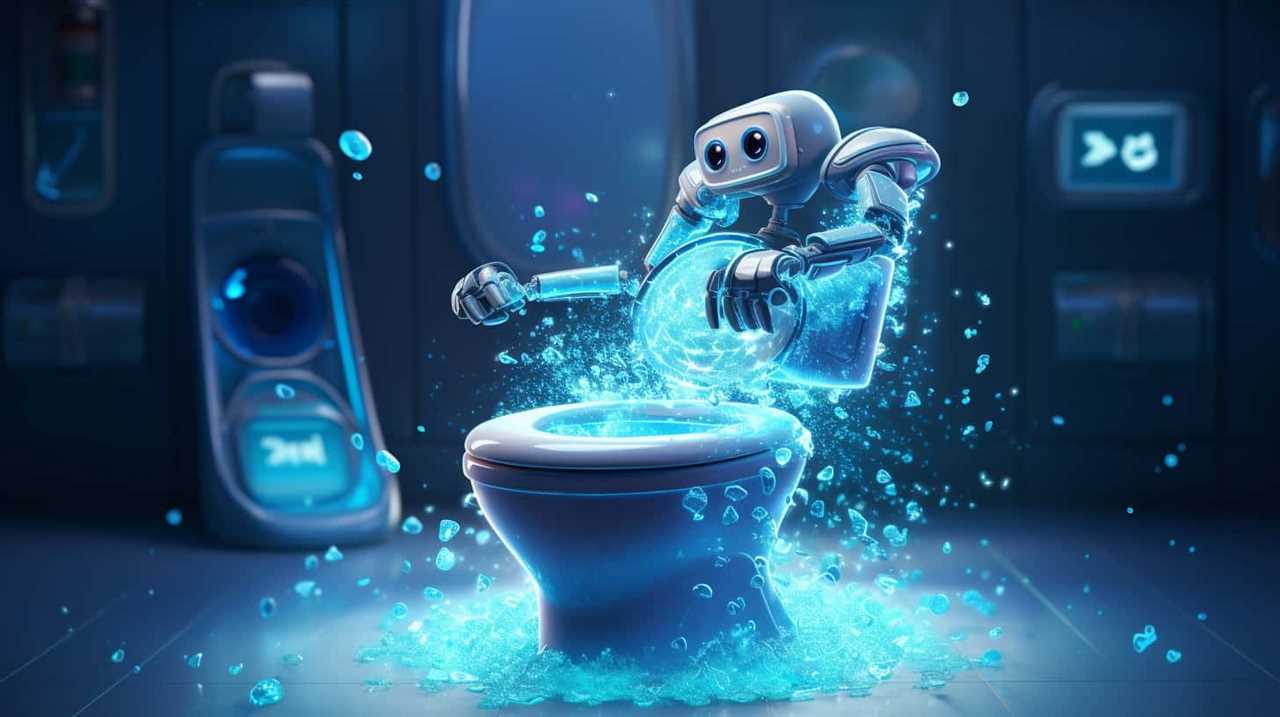
Both the menstrual cup and organic cotton pads offer a sustainable and eco-friendly solution to managing menstrual flow, without the risk of clogging your pipes or harming the environment.
Proper Disposal of Used Tampons
To properly dispose of used tampons, we can safely discard them in designated sanitary bins or wrap them in toilet paper before placing them in the trash. Proper tampon waste management is crucial for maintaining hygiene and preventing environmental pollution.
Here are three tampon disposal methods to consider:
- Designated sanitary bins: Many public restrooms provide designated bins specifically for the disposal of tampons. These bins are designed to safely contain the used tampons and prevent any leakage or odors.
- Wrap in toilet paper: If there are no designated bins available, wrap the used tampon in toilet paper before placing it in the regular trash. This helps contain any potential odors and ensures the tampon is properly disposed of.
- Personal disposal bags: Consider using personal disposal bags designed for tampons. These small, discreet bags can be sealed and easily carried in your purse or bag until you find a suitable disposal location.
Proper tampon disposal is just one aspect of responsible menstrual hygiene management. By educating women on safe tampon disposal methods, we can contribute to a cleaner and healthier environment.
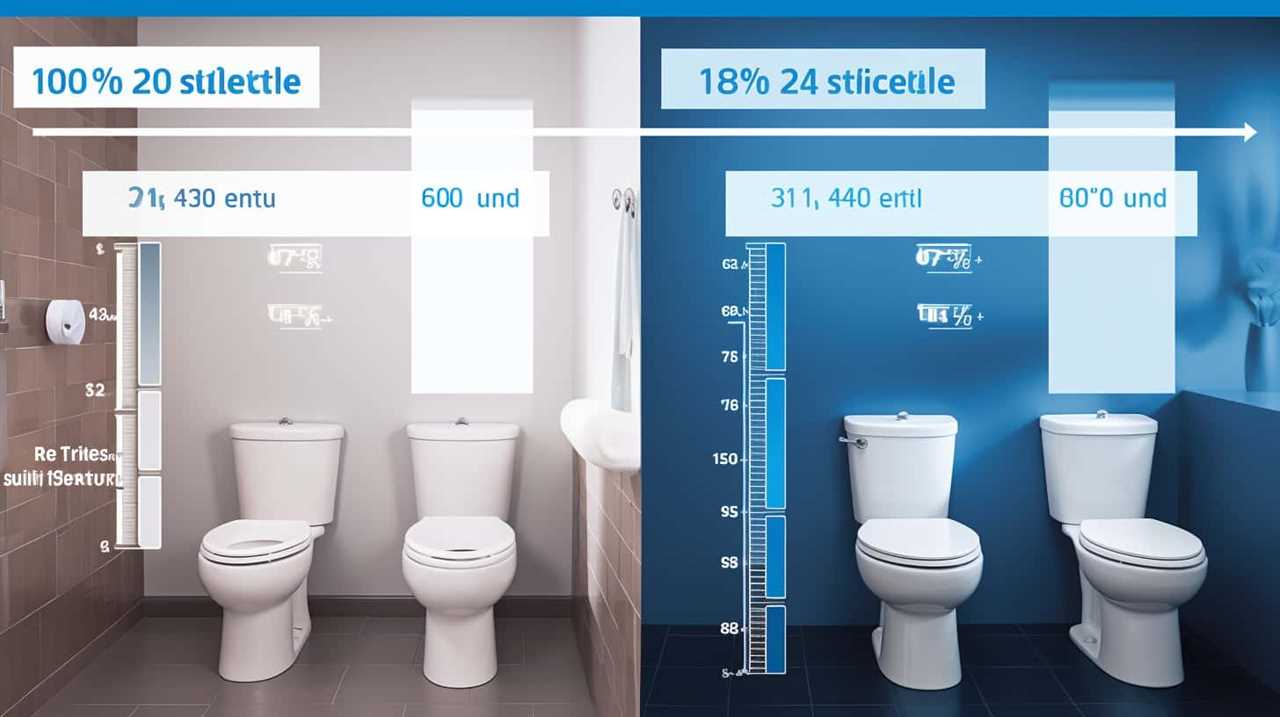
Educating Women on Safe Tampon Disposal
We believe it’s important to educate women about safe tampon disposal methods.
When it comes to menstrual hygiene products, there are various options available, including tampons and menstrual cups. Tampons are convenient and discreet, but they can contribute to environmental pollution if not disposed of properly.
On the other hand, menstrual cups are reusable and can be a more sustainable option. However, menstrual cups may not be suitable for everyone due to personal preferences or comfort.
To address the environmental concerns associated with tampon disposal, biodegradable tampon options have been introduced. These tampons are made from organic materials that break down more easily, reducing their impact on the environment.

Frequently Asked Questions
Can Flushing Tampons Lead to Blockages in the Sewage System?
Flushing tampons can cause blockages in plumbing, leading to costly repairs and inconveniences. Proper sewage system maintenance is crucial to prevent these issues. It’s important to dispose of tampons in the trash instead.
What Are the Potential Consequences of Flushing Tampons for the Environment?
When it comes to the potential pollution and impact on marine life caused by flushing tampons, the consequences can be dire. Our actions have a direct effect on the environment, and it’s important to consider alternative disposal methods.
Are There Any Alternatives to Flushing Tampons That Are More Environmentally Friendly?
There are reusable options available for managing menstrual flow that are more eco friendly than flushing tampons. These alternatives, such as menstrual cups or reusable cloth pads, can be a sustainable choice for reducing waste.
How Should Used Tampons Be Properly Disposed of to Prevent Any Negative Impacts?
Proper disposal of used tampons is crucial to prevent negative environmental impacts. Flushing them can cause plumbing issues and harm water systems. Instead, wrap them in toilet paper and dispose in a trash bin.

What Steps Can Be Taken to Educate Women on the Safe Disposal of Tampons?
Educational campaigns and community workshops can be implemented to educate women on safe tampon disposal. These initiatives provide valuable information and promote responsible practices, reducing the risk of negative impacts on the environment.
Conclusion
In conclusion, it’s essential to remember that tampons shouldn’t be flushed down the toilet. Doing so not only poses a significant environmental threat but also leads to plumbing issues.
Instead, opt for proper disposal methods, such as wrapping tampons in toilet paper and throwing them in the trash. By educating women on safe tampon disposal, we can minimize the negative impact on our environment and ensure the smooth functioning of our plumbing systems.
